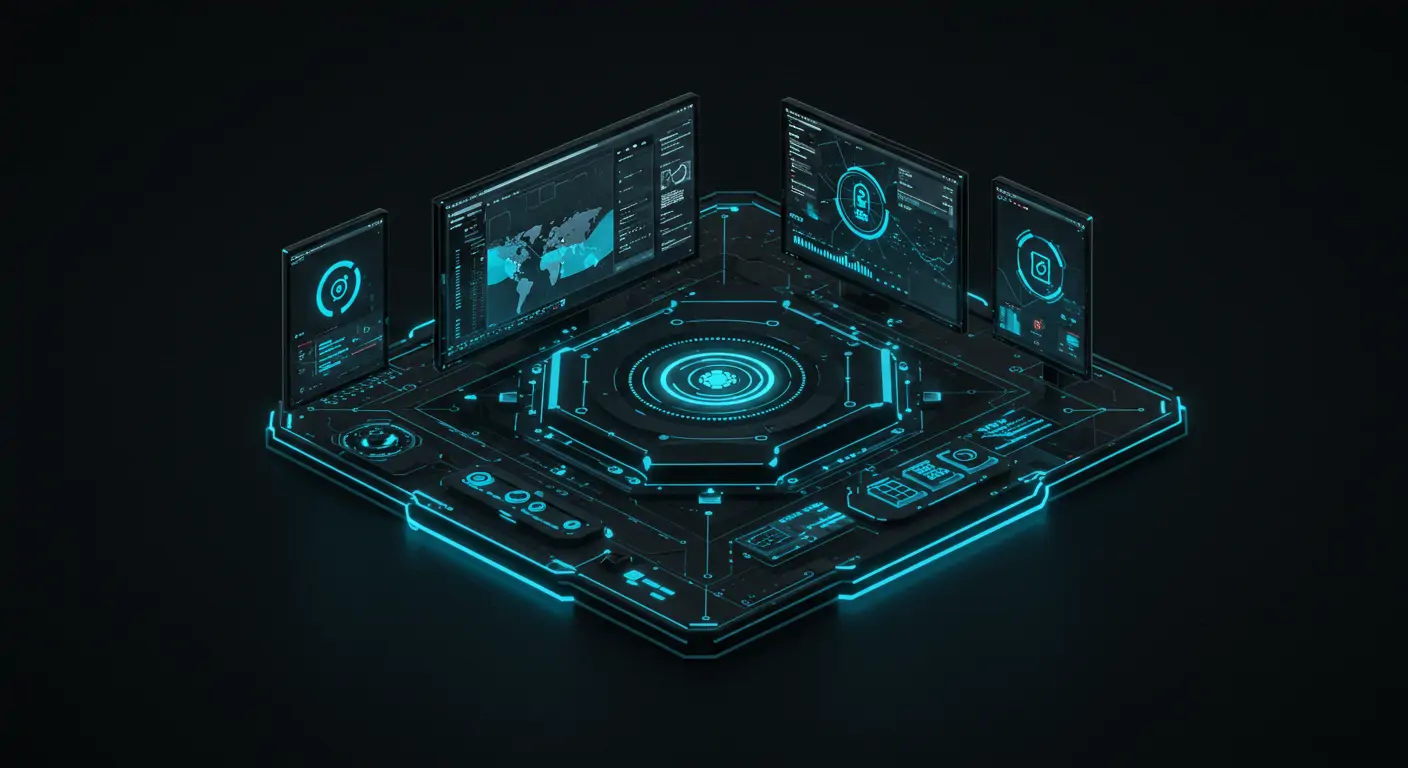Introduction: Why This Matters Now
In 2025, the cybersecurity landscape is witnessing a seismic shift with AI-powered startups revolutionizing threat detection. A recent study reveals that cybercrime damages are predicted to hit $10.5 trillion annually by 2025 (Cybersecurity Ventures), making innovative solutions imperative. This trend signifies a new era for the industry, enhancing how threats are identified and mitigated. IT professionals, business leaders, and policymakers are directly impacted by these advancements, demanding urgent adaptation.
Read time: 15 minutes
The Current State: What's Happening Right Now
In 2024, over 150 AI-focused cybersecurity startups secured a combined $6 billion in funding, a 75% increase compared to 2023 (Crunchbase). Companies like Darktrace and CrowdStrike, both leveraging advanced machine learning algorithms, are leading the charge. The global AI cybersecurity market is valued at $18.6 billion in 2025, illustrating the rapid adoption of AI solutions. Traditional cybersecurity approaches, which rely heavily on manual threat detection, are increasingly ineffective amidst sophisticated cyber attacks.
Key Drivers: What's Fueling This Trend
Driver 1: Technological Advancements
With breakthroughs in machine learning and neural networks, AI systems can now predict and analyze threats with unprecedented accuracy. For example, Vectra AI utilizes a patented approach to detect hidden threats, reducing false positives by 90% (TechCrunch, 2024).
Driver 2: Increasing Threat Complexity
As cyber threats become more sophisticated, traditional systems fail to keep up. AI’s ability to learn and adapt in real-time offers a robust defense mechanism, essential for large organizations and governments (Gartner, 2024).
Real-World Impact & Case Studies
Case Study 1: SentinelOne
- Implemented AI-driven automation in threat response
- Reduced incident response time by 70%
- Demonstrates the power of AI in minimizing human error
Case Study 2: Cylance
- Utilized predictive AI to block threats proactively
- Achieved a 99.7% malware detection rate
- Highlights AI’s role in preemptive cybersecurity measures
Industry Implications
For Developers
- Learning AI-centric tools like TensorFlow
- Increased job opportunities in cybersecurity startups
For Businesses
- Need for strategic investments in AI technologies
- Competitive edge through enhanced threat detection
For Investors
- Lucrative returns in AI cybersecurity sector
- Mitigated investment risks through diversification
Challenges & Criticisms
Despite the promise of AI, critics argue about the potential biases in AI algorithms and the high cost of implementation. Additionally, over-reliance on AI could lead to vulnerabilities if systems are compromised (Forrester, 2025). Skeptics also point to data privacy concerns and the ethical use of AI in surveillance.
Future Outlook: What's Next
In the next 6-12 months, further integration of AI in cybersecurity is expected, with startups enhancing autonomous response capabilities. Long-term, by 2027, AI is anticipated to be integral to all cybersecurity infrastructures, potentially reducing global cybercrime by 30% (McKinsey, 2025). Key milestones to watch include regulatory developments and increased AI adoption by Fortune 500 companies.
Frequently Asked Questions
- How reliable is AI in detecting novel threats?
- What barriers exist for AI adoption in cybersecurity?
- Are AI-powered tools cost-effective for small businesses?
- How do AI systems handle false positives?
Conclusion: Key Takeaways
- AI is set to revolutionize cybersecurity, offering proactive threat detection.
- Market growth and investment opportunities abound in this sector.
- Ethical and logistical challenges need addressing for widespread adoption.
For further insights, explore industry reports and attend cybersecurity conferences.




